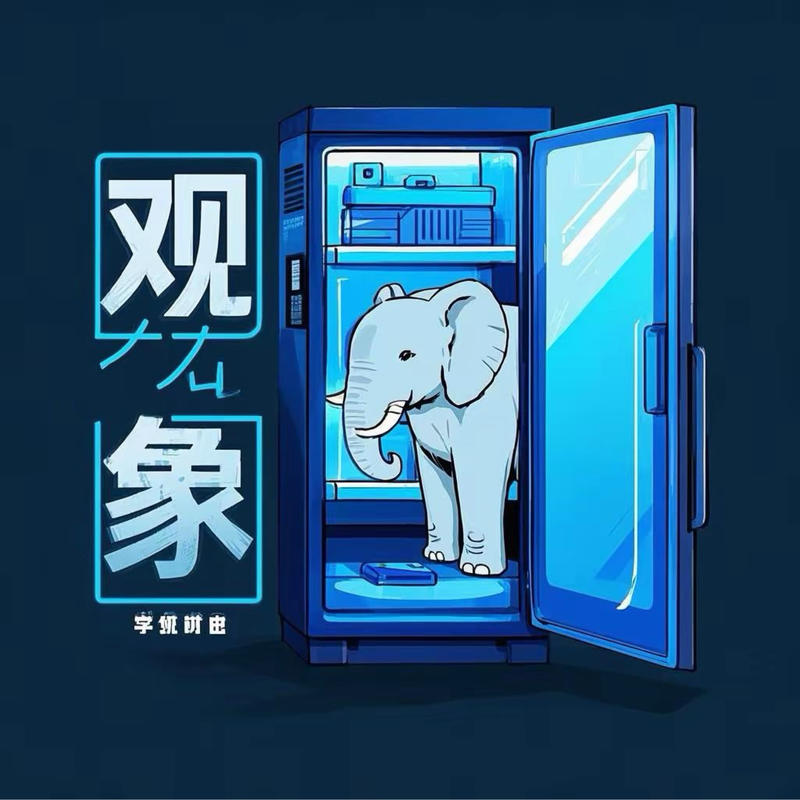
🧠 The evolution of neurons in early animals was a game-changer — tiny cells that could sense, signal, and steer. These became the wiring of the brain, first appearing in creatures like nematodes 🪱. Though small, their brains taught us a lot:
- Neurons pass signals via synapses using chemicals 💥
- They adapt to stimulus strength despite limited firing range 📶
- Their behavior shows early signs of emotion, like arousal (e.g. hunger = movement 🏃) and valence (good/bad feelings 👍👎)
💡 Breakthrough #1: Steering. The first brain likely evolved for this — turning away from danger or toward food 🧭. Early animals weren’t just reacting, they were deciding where to go based on inner states.
🎯 Chemicals like dopamine and serotonin played key roles:
- Dopamine: “Something good is nearby!” 🔍🍕 → pursuit.
- Serotonin: “Something good is happening!” 😌🍽️ → satisfaction.
- Dopamine = wanting 🚀 / Serotonin = liking and stopping ✋.
⚠️ But there's a dark side: stress.
- Acute stress: prepares for fight or flight 🏃♂️💥
- Recovery involves opioids 💤 that boost dopamine/serotonin, reduce pain, and bring back appetite and pleasure.
- Chronic stress = persistent bad vibes 😓 → resembles depression, even in simple creatures. They shut down, save energy, lose interest 🪫.
🧠 Learning evolved too:
- Associative learning: linking stimuli with past feelings. Salt + hunger = bad 🧂👎.
- Temporal Difference (TD) learning: the brain learns from missing outcomes, triggering feelings like relief 😅 or disappointment 😞.
- Requires precise time sense ⏱️ — foundational for modern AI, like AlphaZero ♟️, and found in brain regions like the basal ganglia.
🎨 Enter the cortex — an innovation in early vertebrates (like fish 🐟):
- Recognizes patterns (shapes, sounds, etc.) 🧩
- Solves both discrimination (what's different) and generalization (what's the same).
- Works similarly to AI neural networks trained by backpropagation 🧠💻.
🧠 But brains don’t just match patterns — they generate them.
- Generative models (Helmholtz ➡️ Hinton): simulate possible inputs and check against reality 🌀.
- The neocortex (in mammals) builds rich inner worlds — the basis for episodic memory and future planning 🗺️.
🐀 Studies in rats show they mentally explore options before choosing.
- The hippocampus replays possible paths 🧠⏪
- They show signs of regret over missed chances 😔
- The prefrontal cortex (especially the aPFC) enables imagining outcomes, pausing impulses, and resisting short-term temptations 🛑🍪.
🧍♂️ Primate brains took another leap — bigger size, more complexity 🧠🐒
- Social brain hypothesis: navigating social life in large groups requires mental models of others (theory of mind 🧠🧠).
- Ecological brain hypothesis: tracking fruits & seasons 🍌🌳
- Tools and imitation skills advanced thanks to mirror neurons 🔁🛠️
- Culture became transmissible — knowledge snowballed across generations 📚🧬
🗣️ Language is what truly separates humans:
- It lets us share inner simulations — ideas, concepts, thoughts 💭🔄
- Not just grunts or gestures — language is combinatorial, infinite in meaning ♾️
- Powered cumulative culture, enabling tools, science, and art 🎨🔬
🍳 The rise of Homo erectus and cooking may have powered this leap — more energy = bigger brains = smarter humans 🔥💡
🤖 Artificial Intelligence, like GPT-3 and ChatGPT, now mimics some of this — predicting the next word based on huge data sets 📚🌐
- They seem smart, but lack the common sense and inner simulations humans use 🧠
- Aligning AI goals with human values is a hard problem 🤝💭
🌱 In the end, intelligence isn’t a ladder but a tree 🌳 — with many strategies, many paths.
Humans aren’t the pinnacle — we’re part of an ongoing evolutionary journey, with billions of years still ahead 🌌💫.
空空如也
暂无小宇宙热门评论

